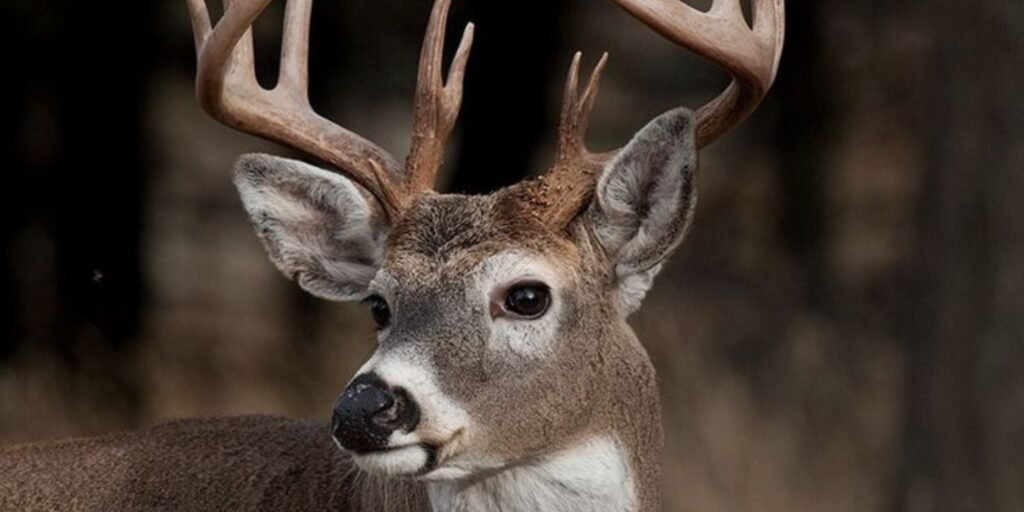Deer care is an essential skill for hunters and outdoor enthusiasts alike. Whether you’re gearing up for hunting season or simply enjoying the great outdoors, understanding how to properly harvest and process deer can make all the difference in your experience. From field dressing techniques that ensure you get the most out of your catch to cooking tips that will have everyone raving about your venison dishes, this guide dives deep into every aspect of caring for deer. Dive in as we explore everything from basic handling skills to delectable recipes that turn your hard work into a culinary delight!
Deer care :Field Dressing Techniques

Field dressing is a crucial step after harvesting your deer care. This process not only preserves the meat but also makes transportation easier. Knowing how to do it correctly can save you time and ensure quality.
The essential first step is to find a clean, flat surface outdoors. To prevent the meat from spoiling quickly, it’s best done in cooler weather. Ensure you have all the necessary tools: a sharp knife, gloves, and maybe even some game bags for later use.
Start by positioning your deer on its back with its legs spread apart. This will give you better access during the dressing process. Carefully cut through the skin around the belly area, but avoid puncturing any internal organs; this could spoil the meat.
Once you’ve made an incision, gently pull back the hide as you work along toward both ends of the abdomen. Maintaining control will prevent unnecessary damage or contamination of the entrails.
As you reach inside, carefully remove internal organs while paying attention not to nick them with your knife. Pulling out everything at once may seem tempting, but go slow to maintain cleanliness throughout.
When all non-essential parts are removed, rinse out any remaining blood or debris, if possible, before hanging or transporting your deer away for further processing. Proper field dressing helps ensure that every bite of venison remains delicious and safe!
Deer care :Field Dressing Process
Field dressing a deer is a crucial step in preserving the quality of the meat. It’s essential to get it right to ensure that you can enjoy venison at its best. Start by gathering your tools: a sharp knife, gloves, and some plastic bags for the organs.
Position the deer on its back with its legs spread apart. This makes access easier and provides stability while you work. Always wear gloves to maintain hygiene and avoid contaminating the meat. Remember, safety comes first; be cautious when handling knives.
Begin by making an incision around the belly area using short, controlled cuts. Follow along just beneath the skin—this prevents puncturing internal organs. Take your time here; hasty actions can lead to unwanted messes or spoilage.
Once you’ve made your initial cut, gently pull back on both sides of the incision as you continue cutting down toward the pelvis area. Be mindful not to pierce any organs during this process; otherwise, you’ll risk tainting valuable meat with bile or other contaminants.
After reaching near the pelvic bone, use scissors or shears to carefully sever any connective tissue holding everything together without damaging anything inside. Once freed up, reach inside and start removing internal organs systematically.
Be sure to dispose of these parts properly afterwards—never leave them behind in nature or where animals may scavenge them improperly! Consistent attention during field dressing ensures better-tasting venison when it reaches your table.
Deer care :Gutting and Caping a Deer
Gutting and caping a deer is an essential skill for any hunter. Proper techniques ensure the meat remains uncontaminated and ready for processing. A clean gutting job also preserves valuable hide, which can be used for various purposes.
Start by positioning your deer on its back, ensuring it’s stable. Use a sharp knife to make a shallow incision below the rib cage. Be careful not to puncture any internal organs during this step, as this can quickly spoil the meat.
Once you’ve made your initial cut, slowly work your way up towards the sternum. Pull apart the skin with gentle pressure while making small cuts along the connective tissue. This method keeps everything tidy and reduces messiness in field dressing.
After opening the cavity, reach inside to sever all major organs carefully. It’s crucial to remove them without letting anything spill into the body cavity—this helps maintain quality venison.
Caping involves removing skin from specific areas to preserve parts of your deer for taxidermy or display purposes. Start at one leg and carefully peel away layers of skin toward the shoulders and neck region.
Remember that precision is key when caping; it requires patience and attention to detail. Each cut should be deliberate so you don’t damage underlying tissues or muscles required for later use.
Processing Deer Meat
Processing deer meat is crucial in ensuring you enjoy the full benefits of your hunting efforts. Once you’ve field-dressed your deer, the next phase involves proper handling and storage to maintain quality.
Start by removing any remaining blood or fluids from the carcass immediately. This helps prevent spoilage and maintains flavour. Keep the meat cool during processing; ideally, temperatures should be below 40°F.
Once cleaned, consider breaking down the deer into manageable cuts. Popular options include steaks, roasts, and ground venison. Each cut serves different culinary purposes and allows for versatility in cooking methods.
Use sharp knives designed specifically for butchering game animals. A good set will make it easier to navigate around bones and joints without damaging the meat itself. Don’t rush this part—take time to ensure clean cuts that maximize yield.
After cutting your desired portions, wrap them tightly using freezer paper or vacuum-sealed bags to protect against freezer burn if you plan on storing them long-term. Be sure to label each package with dates so you can keep track of freshness.
Always remember hygiene when processing deer meat: wash hands frequently and sanitize work surfaces rigorously between steps. Proper care taken now ensures delicious meals later on!
Cooking and Enjoying Venison

Cooking venison is a rewarding experience that allows you to savour the fruits of your labour. This lean meat offers unique flavours and can be prepared in various ways, making it suitable for any palate. First, consider marinating the meat to enhance tenderness and flavour. A simple marinade with olive oil, garlic, herbs, and red wine works wonders.
When cooking venison, remember that it cooks faster than beef due to its lower fat content. Use medium heat to avoid toughening the meat. Grilling or roasting are excellent methods; keep an eye on internal temperatures. Aim for 130-145°F for medium-rare doneness.
Venison pairs beautifully with sides like roasted vegetables or creamy polenta. For a rustic touch, try serving it alongside wild rice or seasonal fruit compotes—think cranberry or apple sauce—to complement the rich flavours of the meat.

